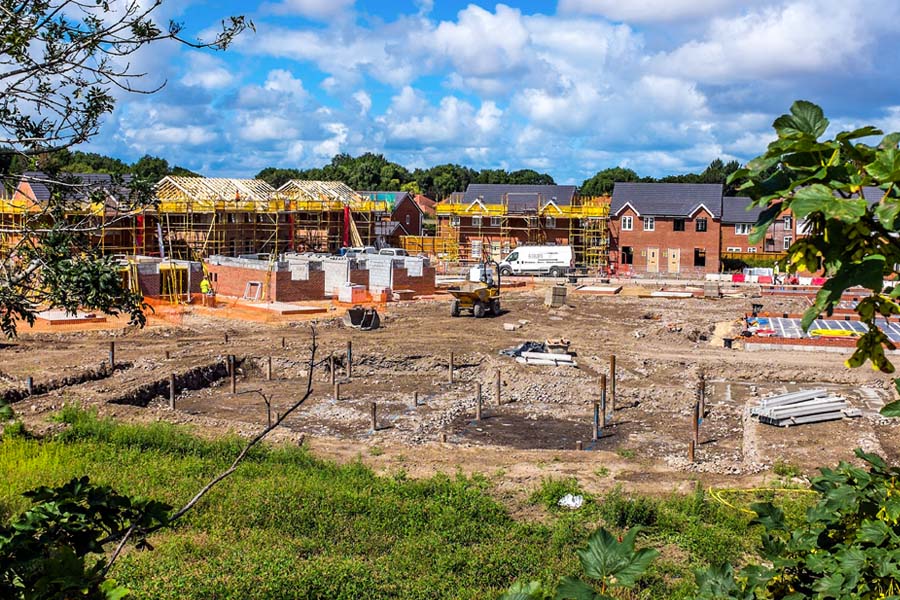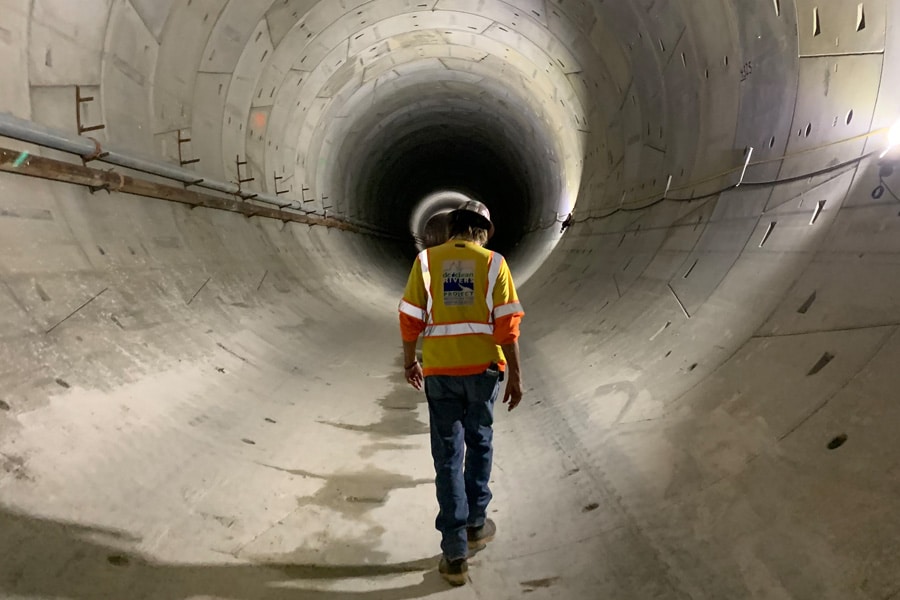Where are homebuilders going to build the homes the UK needs? Greenfield sites? Green belt land, which is designed to stop urban sprawl? Or brownfield sites, where land has already been used and now lies vacant?
The question is a pressing one, not least because government targets to deliver 300,000 new homes a year appear to have been all but scrapped following the election of Liz Truss as leader of the ruling Conservative Party and the UK’s prime minister.
During her leadership election campaign, Truss said she wanted to build a million homes, mainly on green belt land around London and the South East.
However, the new prime minister’s exact proposals on homebuilding have yet to be spelled out, with a crucial energy crisis support package currently taking centre stage. But the shift away from the 300,000 homes annual target is still significant.
What is brownfield land?
Instead, ministers are expected to ramp up development of brownfield sites, defined as “an area of land or premises that has been previously used, but has subsequently become vacant, derelict or contaminated.”
Targets for developing brownfield sites for housing date back to the early days of Tony Blair’s first Labour government, when a goal of delivering 60% of all new housing development on brownfield land was introduced in February 1998.
Such sites, which once would have hosted industrial or commercial operations—factories, garages, workshops, etc.—are generally found in or around towns and cities. Many have planning permission already granted for housing developments, so the way would seem clear for greater activity on such sites.
In recent months, there had been announcements from the government on the topic of brownfield development, including a £180m “brownfield fund,” which would help deliver 17,000 new homes.
Plenty of land available
While 17,000 homes doesn’t sound like a lot, there is enough brownfield land to build considerably more than that. According to a report published by the Campaign for the Protection of Rural England (CPRE), there is sufficient brownfield land to accommodate 1.3 million homes.
The CPRE wants the government to introduce what it calls a “comprehensive ‘brownfield first’ policy in the National Planning Policy Framework, which allows for the true prioritisation and harnessing of the full potential of brownfield land development before any greenfield or green belt land is considered.”
Given its role in advocating the protection of rural England, the CPRE’s call to develop more brownfield sites is understandable. And there are advantages to such activity, both practical and financial.
While legislation may change as a result of the Truss-led government introducing new policies, developers can currently apply for Land Remediation Relief, an enhanced corporation tax relief of 150% for qualifying expenditure on cleaning up contamination in land or buildings.
Then there’s infrastructure—drains, electricity, etc.—which can already be in place. And planning permission is usually easier to get, since the land will have been previously built on.
Brownfield sites are also said to be quicker to complete than greenfield ones.
Pressure to deliver
Certainly, local authorities want to be seen delivering new homes, and the benefits of turning disused sites into housing can be far-reaching. The pressure from central government on local councils to deliver more homes has also been stepped up.
The introduction of brownfield site registers in 2017 requires local planning authorities to provide what the CPRE calls “a consistent, updated list of sites that they think are appropriate for development.”
The CPRE notes that such registers act as a ledger of land that has been identified as being suitable for new housing, “once their environmental, amenity and heritage value have been factored in.”
While it seems obvious to build much-needed homes on land that is available, unused and, to some extent, unloved, brownfield development is not without its own set of challenges.
Clean-up requirements
Where previously used land is scoped for development, consideration must be given to the potential for contamination and the likely work that will be required to clean it up.
Some proposed schemes end up being delayed while cleaning work is carried out—or cancelled altogether if the clean-up costs prove too high.
Such viability risks make affordable housing development on brownfield sites “even more financially and economically challenging,” according to researchers.
When a brownfield site has been identified for development, it needs to be checked by an experienced environmental consultant before any work can start. Soil, groundwater and surface water will be checked for hazardous materials, and any appropriate measures must be taken to reduce identified risks and liabilities.
Only then can it be reshaped for the next generation, breathing new life into space that had fallen out of use.















